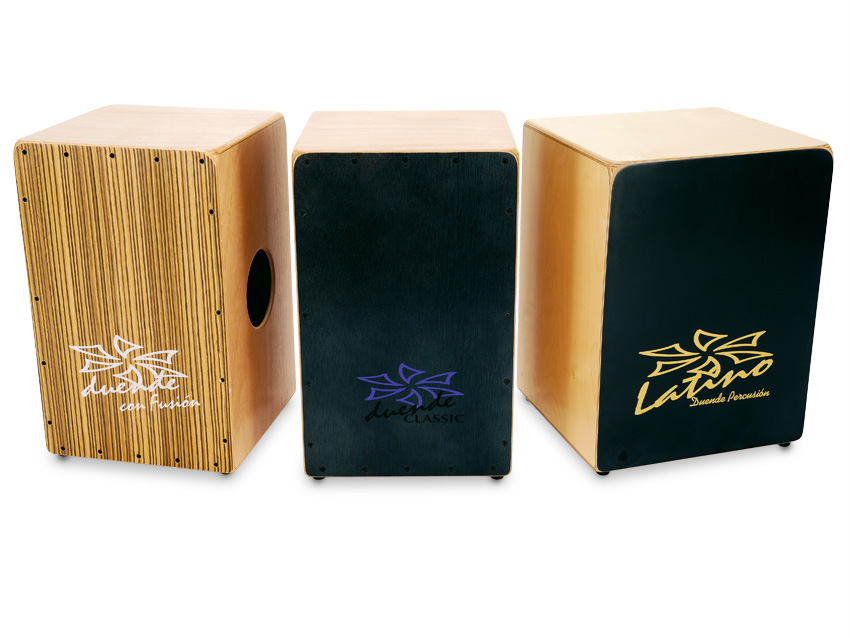Learn to play Peruvian cajon!
Introducing a new Rhythm series on how to play the cajon
Introducing the cajon
In the October issue of Rhythm, on sale tomorrow, cajon expert David Mortara begins a four-part series on playing the cajon, its history and playing techniques.

The all-wooden box drum, or 'cajón' (ka-hon) in Spanish, has become very popular in intimate acoustic settings. Beginning in this month's Rhythm, we'll introduce the Peruvian cajon, its playing technique, traditional rhythms and explore how the Peruvian cajon fits into a western musical setting.
The cajon has two centuries of history in Peru, South America's third largest country by area. Expert players from Peru are called cajoneros or cajonistas.
Eusebio Sirio 'Pititi' was considered by many in Peru to be the finest cajonero of his generation, showing elegance and poise on the cajon. His 'side-saddle' playing style, as was traditional among earlier players, gave him easy access to the sides and front (tapa) of the instrument for striking. Cajoneros create rhythmic interest using syncopation, cross-rhythm and polyrhythm - naturally juxtaposing duples with triples - an intrinsic feature of traditional rhythms from South America.
Tips on Technique
The cajon has a bass tone (sonido grave) played with slightly cupped hands in the upper centre of the tapa and a sharp tone (sonido agudo) played using finger tips in the top corners, which are left unfastened to 'snap' against the carcass of the cajon.
For improved definition, the tapa on a Peruvian cajón is stiffer (thicker) compared to cajones used in flamenco. To achieve a focused bass tone and to stabilise the hand and protect finger joints, one should use slightly cupped hands to play sonido grave.

For playing the cajon, hands should be cupped, as above.
Want all the hottest music and gear news, reviews, deals, features and more, direct to your inbox? Sign up here.
This ensures that only fleshy areas of the hand - indicated in green - come into contact with the cajón, never the delicate joints. For the same reason, hands should be held vertically when playing sonido agudo with only the pads of the fingers striking the top corners of the tapa - finger joints must never bang into the top edge of the cajón.
Away from the cajón, Chinese medicinal (Baoding) balls can be used to exercise finger dexterity. Because the perpendicular and comparatively unyielding wooden tapa provides little natural rebound to work with on the cajón, relative to headed drums, fast rudiments and rhythmic flourishes are executed using all ten digits (repiquetear), and single and double strokes (redobles) using the hands.
For more on the cajon including notation and video lesson, check out the October issue of Rhythm, out tomorrow!